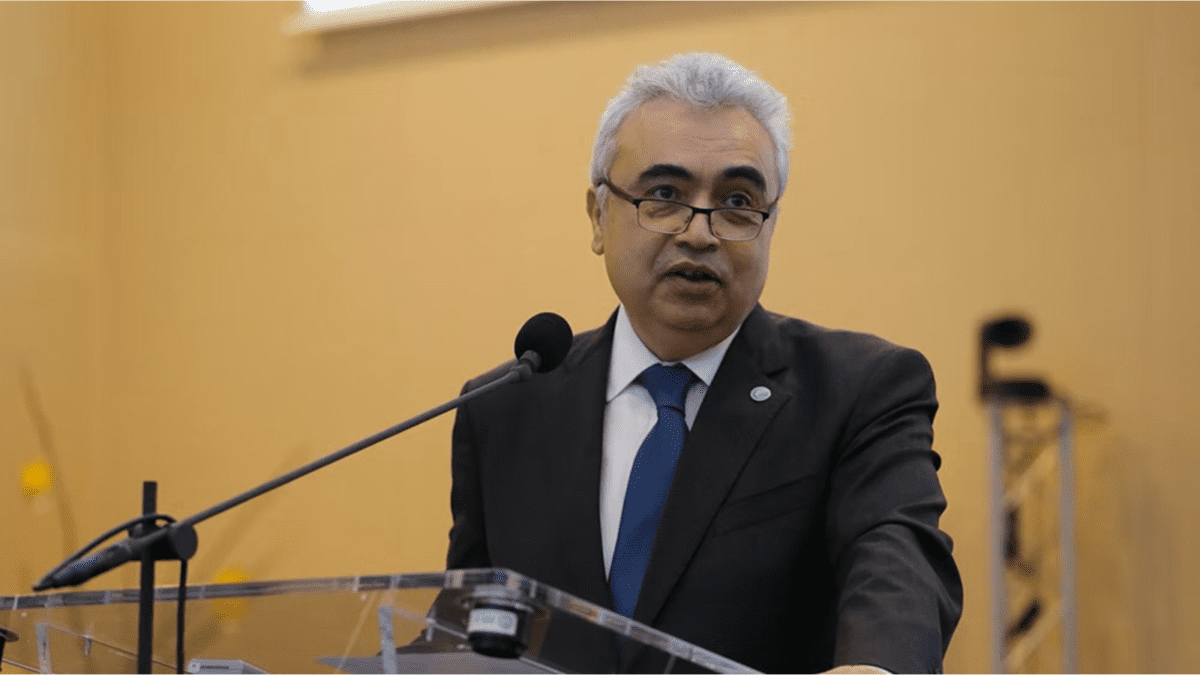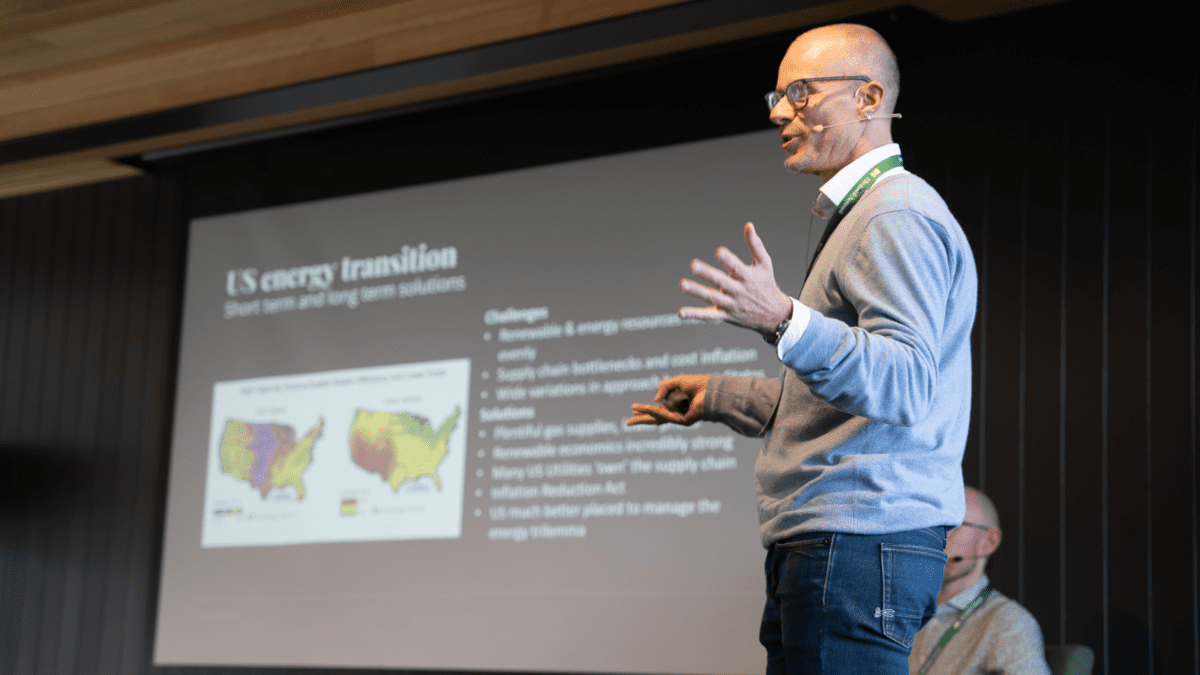-
Sort By
-
Newest
-
Newest
-
Oldest
What investors often misunderstand is that despite having ‘environmental’ in its description, ESG integration screens often don’t exclude companies that damage the environment according to the 2022 Sustainability Report.
Private debt has several key advantages over equities and other forms of fixed income investing when it comes to influencing companies in the development and implementation of ESG commitments.
A new International Energy Agency report projects global renewable energy growth in the next five years will match that of the last 20, with renewables also set to overtake coal as the largest electricity source by 2025. Australian investors won’t have to look far to find stocks poised to benefit from this momentum shift.
“Sometimes, the market thinks we prioritise ESG factors above investment fundamentals,” says Perennial’s Emilie O’Neill. “But the reality is that it’s just another investment lens.”
For ESG discourse to matter, it must translate into quantifiable action. That means broadening the conversation beyond the close circle of sustainability converts and having tough conversations about capital flows.
Speaking on a fireside chat during The Inside Network’s recent ESG event in Tasmania, Nick Langley said that while infrastructure assets will continue carrying the burden of inflation there is likely more to be concerned about with REITS, both in the dominant US market and around the world.
The Australian Securities and Investments Commission is making good on promises to combat greenwashing, issuing its second set of fines against a company for misrepresenting the ESG bona fides of an investment product.
The need to balance three key and “sometimes-competing” goals in the energy transition is central to the success of global efforts to decarbonise, but the challenge also presents ample room for opportunity, Paul Johnston of Ausbil Asset Management recently told participants at The Inside Network’s industry-first ESG Retreat in Tasmania.
It now sits aside recycling, reducing energy consumption and using biodegradable products as one of the most common methods of making a positive impact according to research from Australian Ethical and Investment Trends.
Jan Anton van Zanten, SDG strategist at Robeco, speaks with The Inside Investor about the asset manager’s new SDG scoring framework aimed at measuring companies’ sustainability impacts.
Moving to a sustainable investment portfolio can reduce an individual’s carbon emissions by 90 per cent, research from Stockspot has shown.
Wind and solar are gauged as the cheapest sources of electricity generation and storage in Australia, with technology costs trending in the right direction for investors.















